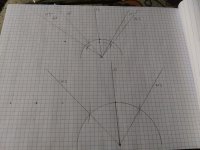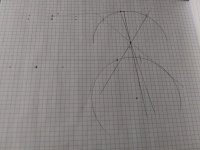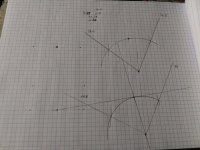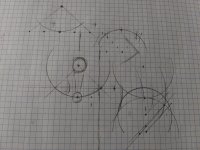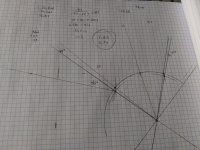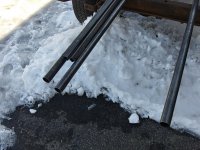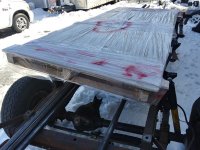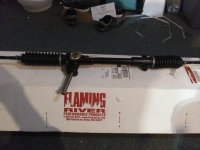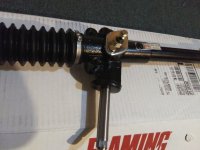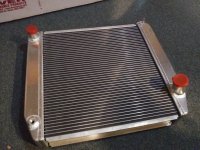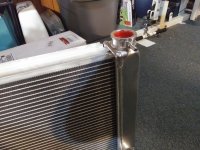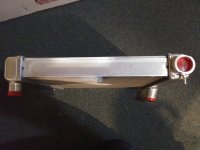I made a big pile of metal tonight.
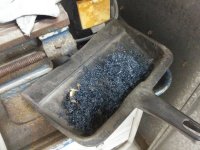
I ended up not feeling well Sunday so I stayed home and looked up parts to have going forward. Been staying after messing with it this week, made the plate to cover the fuel pump hole Monday.
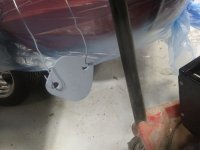
Also took the transfer case slider and used the plasma cutter to cut the gear teeth off it.
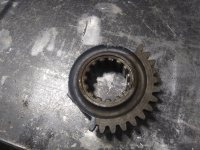
I'm not sure if I'm shocked at how well the plasma cutter went through the gear, or if I shocked at how easily the plasma cutter went through the gear......
Tuesday I was planning on getting more done, and I kinda did. All I got accomplished though was putting the block off on the engine. One of the guys asked if I had made it or bought it, then said it was probably impossible to buy something like that for the Tornado. Pretty much all those engines back in the day used the same fuel pump style though and this one is no exception. I'm just cheap. Then we went back and did a shop planning session for the Gladiator build that lasted until 7:45 so I got nothing else done.
Tonight I got to actually work some more though. Took a grinding stone and cut the gear down a little with it to get passed where the plasma cutter hardened the steel and then chucked the gear up in our lathe.
I know nothing about this other than it was used and it's at least twice as old as I am. We've had the thing in the shop for a few years now and I think this was the first time we've done something useful with it. There is another smaller one that we use fairly often and runs off 110V rather than the 220V the big one uses and is on a cart so it can go to where you're working. The big one is in the corner across the shop from the nearest 220V plug right now and weighs hundreds of pounds so it's just too inconvenient most times. Worked great for this though.
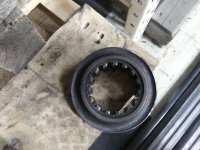
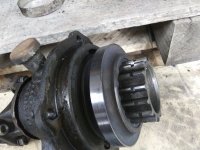
So now that's turned down and nice and smooth. I did notice an issue Monday when I started messing with it though in that the piece of pipe I thought I was going to be able to commandeer from work is like 1/16 of an inch too small in diameter so I need to buy a piece of 6 inch pipe. 6 inch was what I was thinking it needed back when I first measured everything but saw we had that random piece of 5.5 inch and was hoping to be able to use it, because again I'm cheap. Was hoping we'd get started bending tubes and welding on a chassis this weekend but apparently we all got volunteered into working Saturday.

